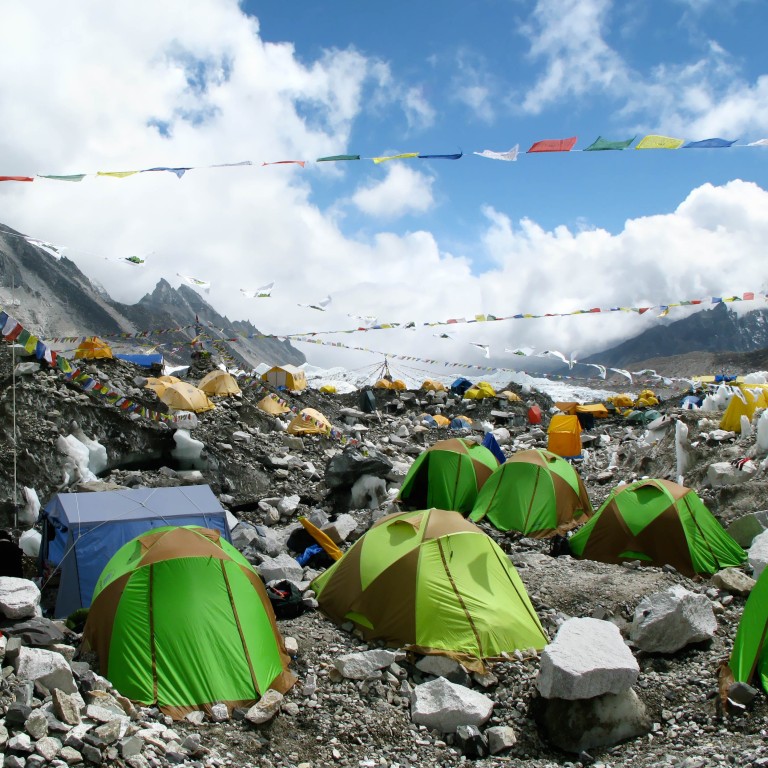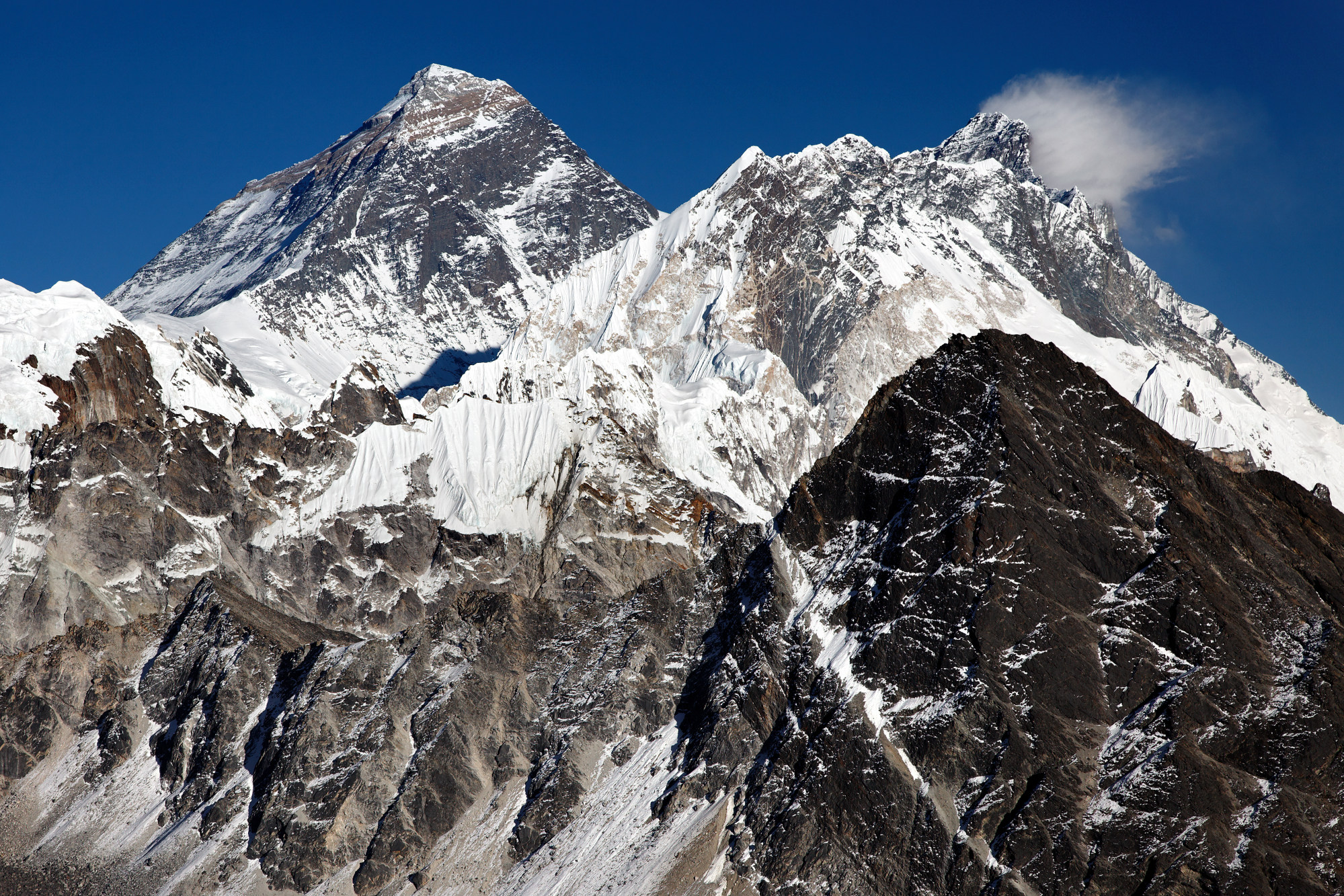
Nepal’s reopening to tourists hit by Everest coronavirus case – evacuated climber confirms Covid-19 diagnosis on Facebook, is ‘doing OK now’
- Norwegian climber Erlend Ness, who was hoping to scale world’s highest peak, has been diagnosed with Covid-19. A sherpa in his party has also tested positive
- Nepal has eased quarantine rules in an effort to attract more climbers, despite the difficulties of treating them if they contract the virus
A Norwegian climber hoping to summit Everest confirmed on Thursday that he had tested positive for Covid-19, in a blow to Nepal’s hopes for a bumper mountaineering season on the world’s highest peak.
“My diagnosis is Covid-19,” Erlend Ness said in a Facebook message. “I’m doing OK now … the hospital is taking care [of me].”
“I really hope that none of the others get infected with [the coronavirus] high up in the mountains. It is impossible to evacuate people with a helicopter when they’re above 8,000 metres [26,000 feet],” Ness told NRK.
Ascents of duty: removing Mount Everest’s corpses
Breathing is already difficult at high altitudes so any outbreak of disease among climbers presents major health risks.
“The plan was to get fast high up in the mountains to make sure that we wouldn’t get infected … I’ve been unlucky and I could have done more by myself when it comes to sanitary precautions,” Ness added.
Kathmandu’s CIWEC Hospital confirmed it had taken in patients from Everest who had contracted the virus but could not give a number. “I can’t share the details but some evacuated from Everest have tested positive,” medical director Prativa Pandey said.

“A person was evacuated on April 15, but we were informed that he is suffering from pneumonia and is being treated in isolation. That is all the information we have received,” she said.
Dawa Steven Sherpa of Asian Trekking said everyone at base camp was concerned.
Nepal has issued 377 permits this year to climb the mountain, and the final number is expected to exceed the 381 handed out in 2019. A city of tents hosting hundreds of foreign climbers and support staff is fast growing at the foot of Everest and other peaks in the area.

To ease the crowding, Nepal’s tourism ministry has announced rules capping the number of people who can summit the mountain during each window of suitable weather. Expedition organisers have been told to send teams up the peak strictly in accordance with permit numbers or limit the number of climbers going up at one time.

.png?itok=arIb17P0)